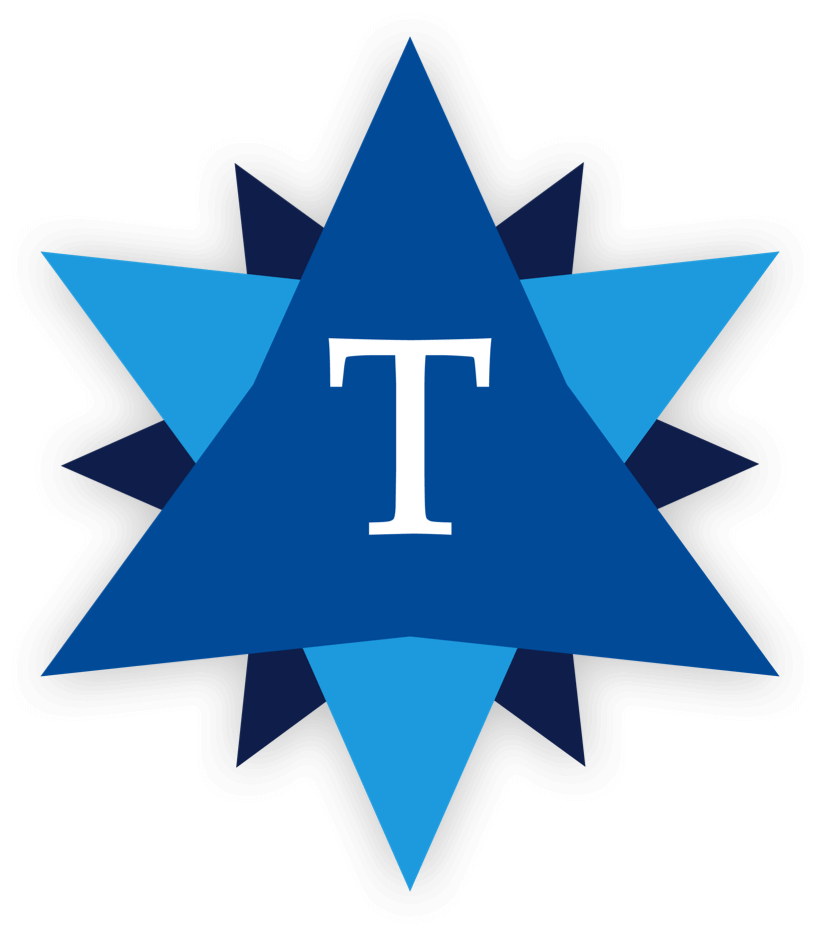#DearVendor: Those Cold Calls, Though
Former Tambellini Analyst

A couple of weeks ago, I had plans to write about cold calls as my next #DearVendor post. Then COVID-19 hit and those plans—and seemingly all plans—flew right out the window. So I turned my attention instead to writing about how technology companies could best support their higher education constituents during this unprecedented time (see March 10 post and March 17 post).
I’ve heard from numerous higher education technology leaders and solution providers about these posts—they seem to have struck a chord. Many colleges and universities need help right now, and many providers want to find some way—any way—to support their colleagues on the institutional side. There have been many wonderful examples of institutions and their vendor partners coming together during this crisis to move mountains so that the teaching and learning mission of institutions can continue.
I’ve also been surprised to hear from higher education colleagues who tell me that the volume of cold calls they’re receiving right now is at an all-time high.
Maybe it’s that salespeople—who, under normal circumstances, may be on the road or traveling regularly—are suddenly working from home, with more time on their hands than usual. Or that companies are trying to get through to technology leaders to raise awareness about reduced or no-cost services, or with other offers of assistance. Whatever the reason, CIOs and IT leaders are being overwhelmed with cold calls and emails right now, at a time when they quite literally have no time or attention to give.
Maybe it’s that salespeople—who, under normal circumstances, may be on the road or traveling regularly—are suddenly working from home, with more time on their hands than usual. Or that companies are trying to get through to technology leaders to raise awareness about reduced or no-cost services, or with other offers of assistance. Whatever the reason, CIOs and IT leaders are being overwhelmed with cold calls and emails right now, at a time when they quite literally have no time or attention to give.
But if we’re being honest …
It’s not like cold calls were high on a CIO’s list of favorite things BEFORE this pandemic broke out. And right now, their patience is running especially thin. So, what’s a well-intentioned salesperson to do?
Think carefully before picking up that phone or sending off that unsolicited email. If your product, service, or solution isn’t directly related to what institutions are facing right now, it may be best not to call. I’m not sure many institutions are worrying about their copier situation right now (for example).
If you feel like you must continue to cold call, try to avoid these tactics—ones that higher ed IT leaders say they particularly dislike:
- Never-ending and frequently escalating emails. Being in sales and getting someone’s attention is tough, no doubt. But if prospects aren’t responding to your emails, sending more of them, and escalating the tone or language, isn’t likely to help. In the case of cold calling/emailing, silence isn’t consent—it’s ‘no interest.’
- Unsolicited calendar appointments. No CIO likes having meetings just show up on their already busy calendar in general, and especially not from someone they don’t have an existing working relationship with. If you really want to get an appointment with an IT leader, contact their administrative assistant. (To set appropriate expectations, it’s not likely they’ll grant you one, but at least you tried.)
- Cold calls … to a cell phone. Because higher ed institutions often publish public directories, it’s easy to find contact information for CIOs. And, the nature of IT leadership in these institutions is that CIOs are often highly accessible and ‘on-call’. I used to include my cell phone in my email footer, for example, but this does not give salespeople license to call it. Respect boundaries and contact your higher ed constituents through work-related venues (work email and phone), unless given specific instructions or permission otherwise.
- Read receipts. Just … don’t. Does anyone actually use this functionality anymore?
- LinkedIn requests. Most higher ed IT leaders will not accept invitations to connect on LinkedIn from people they don’t directly know and/or have done business with, unless that person is also in a college or university IT role. Asking to connect or messaging them through LinkedIn is unlikely to be effective, at best, and could work against you and your company, at worst.
- Sports bets or other attempts to be humorous. Instead of cute or clever, these often come off as kitschy. Your prospects are not being chased down by a herd of wild elephants, or hyenas. They just don’t have time to, want to, or need to talk to you about your product right now.
So if these techniques don’t work, what does?
When, and if, you do contact an institution directly, be clear. Don’t use jargon or industry buzz words. Be transparent about what you’re offering, and the value it can provide an institution. Know where their priorities lie, and who you’re selling to. Respect a CIO’s time and needs. Take ‘no’ or ‘not now’ for an answer.
Beyond that … cold calling may not be your best approach. Selling into higher education requires playing the long game, with a focus on building relationships over time.
Connect with higher ed IT leaders at industry events. Add meaningful content and information of value in online forums. Serve their peers well. CIOs openly share their experiences with each other, and what you do at one institution will impact your ability to sell into another, either positively or negatively.
PS: Inspired by the #DearVendor series, Scott Tiner wrote Effectively Reaching New Customers, with some great insights into how to best reach prospective customers. A good read, if you’re looking for additional guidance on this subject.
Originally posted March 24, 2020, as a LinkedIn Article. Reprinted with permission.
Categories
Share Article:

Other Posts From this Author:
© Copyright 2025, The Tambellini Group. All Rights Reserved.





